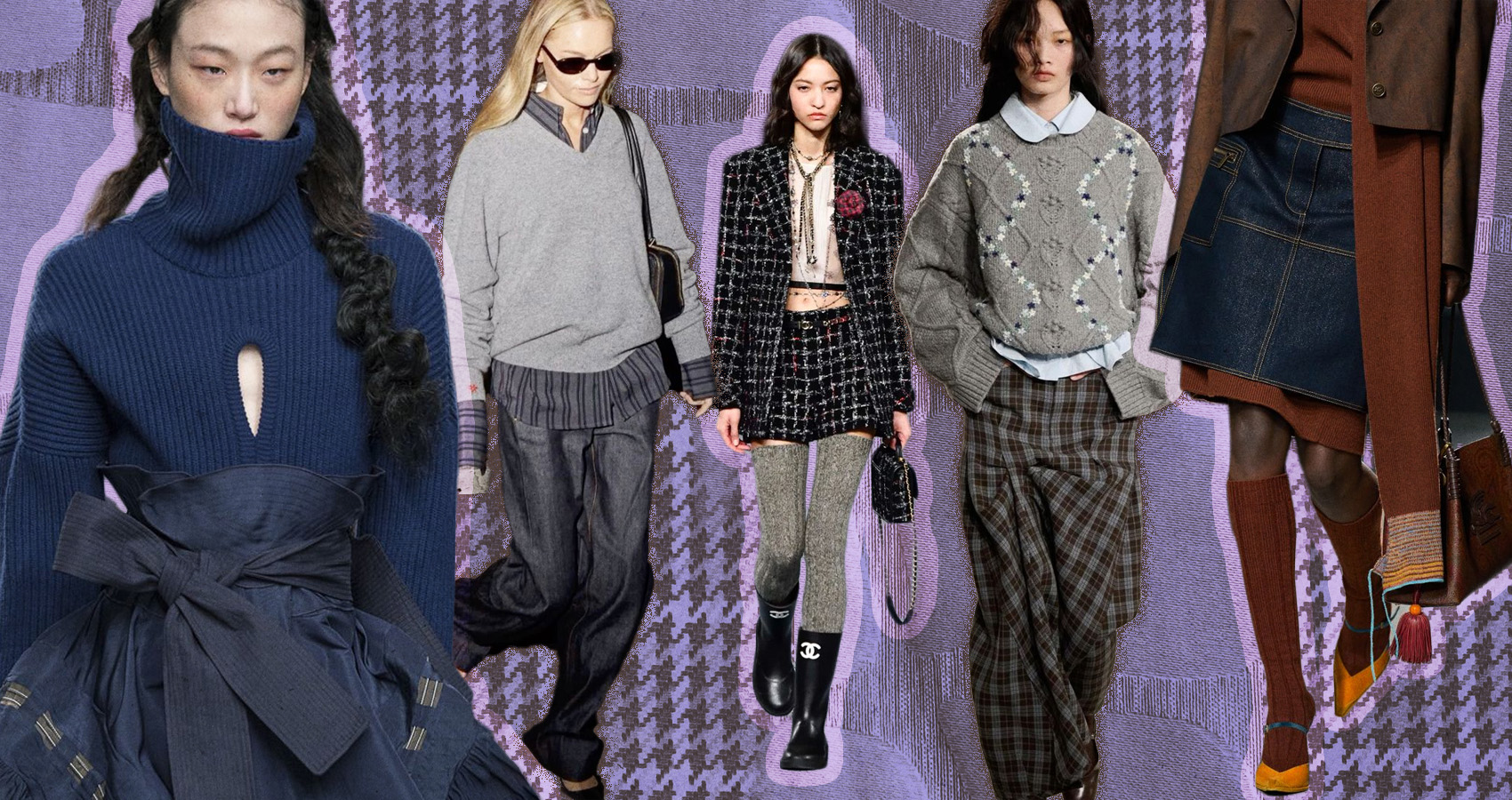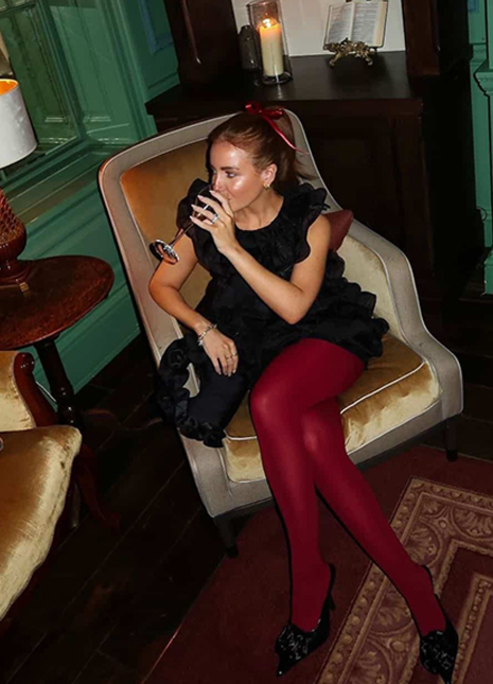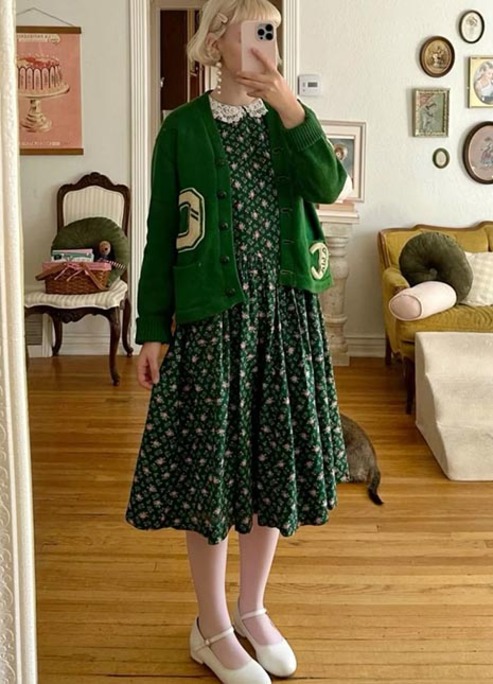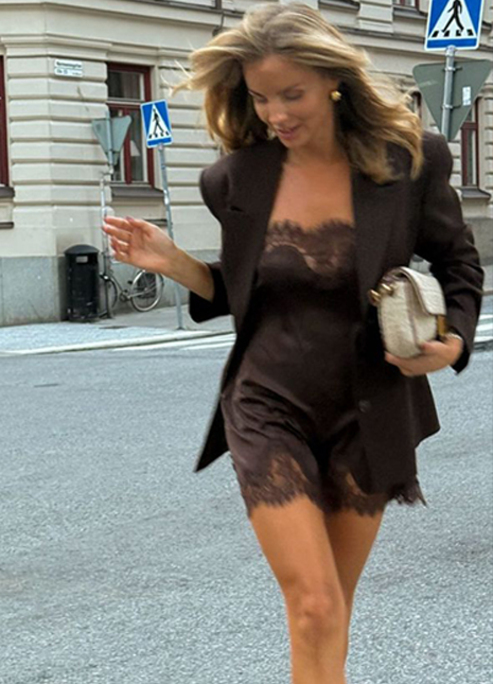How to Combine Fabrics
Harmony of materials
The right combination of fabrics is an art that requires understanding textures, colors, and seasonal features. Learning to combine different materials opens up new possibilities for creating stylish and harmonious outfits. In this article, we will break down the main principles of fabric combination and share some of our tips.
Main Principles of Fabric Combination
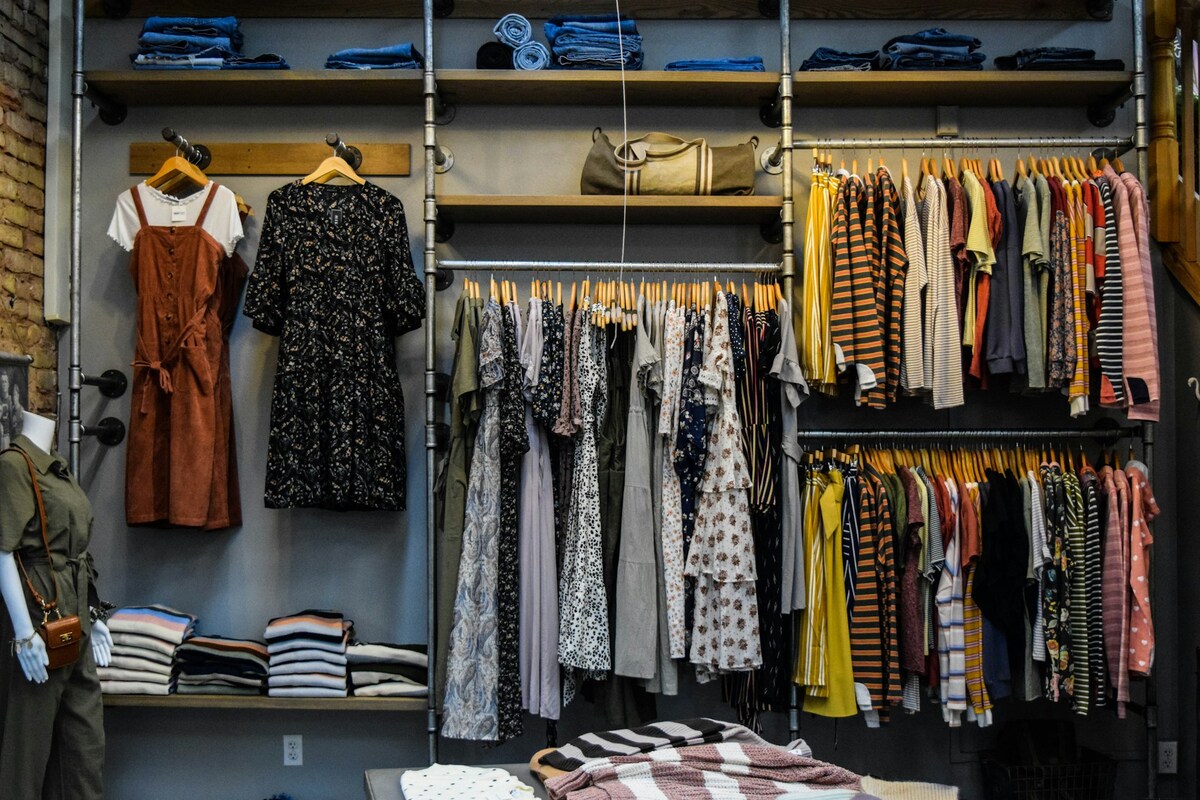
When combining fabrics, it is important to consider the texture and weight of the materials. For example, heavy fabrics like wool or tweed can be paired with lighter ones, such as silk or cotton, to avoid overwhelming the look. A contrast of textures, such as velvet with leather or silk with denim, creates an interesting visual effect. However, balance is key: too many contrasting textures can make the outfit look overloaded.
It’s also important to consider the seasonality of fabrics. It makes sense that in colder months, it’s better to combine dense materials like cashmere or wool with leather or thick denim, while in the summer, lighter fabrics like linen, silk, and cotton are more appropriate.
Combining Fabrics by Texture
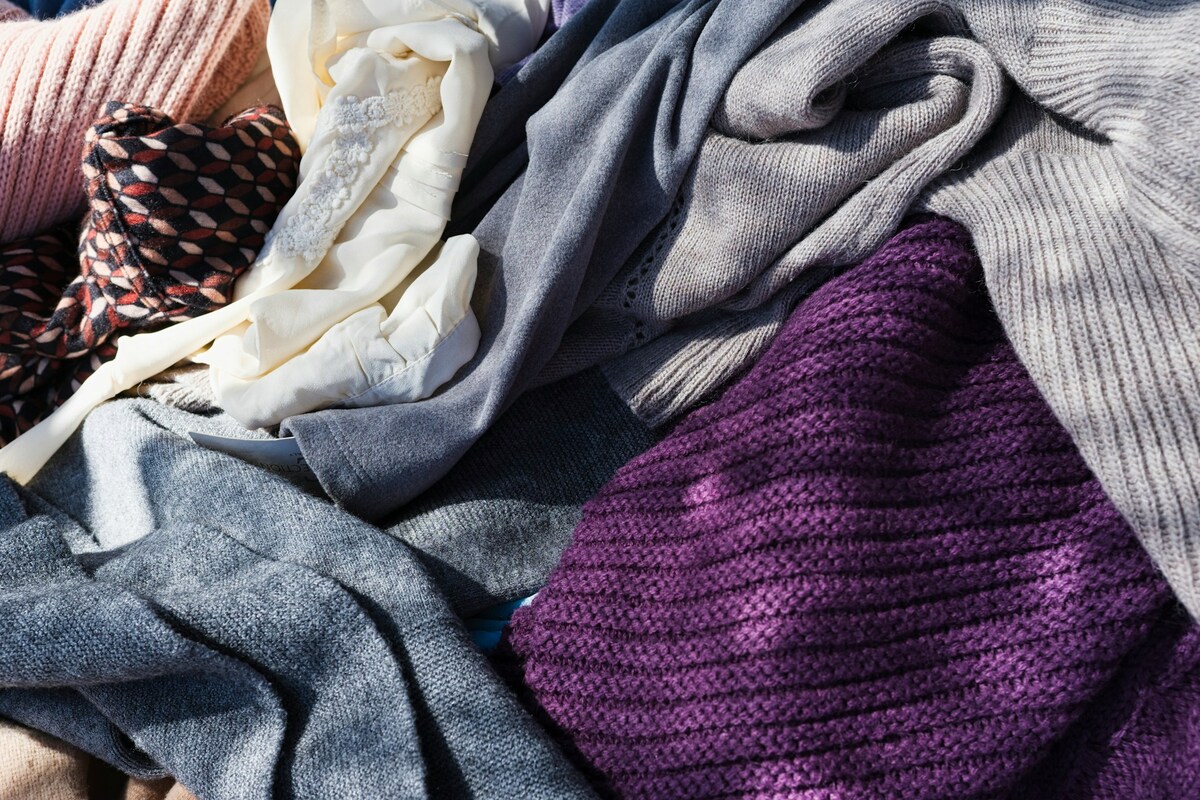
Contrasting textures can add dynamism to an outfit. Velvet, known for its softness and plushness, pairs beautifully with harder, smoother materials such as leather. It’s important to understand that when your goal is to combine different fabrics, the qualities of the materials should not contradict each other, as they will “clash” and spoil the harmony. For example, combining velvet with wool is not ideal because the materials, first of all, won’t match in weight (which we’ll discuss below), and secondly, they will conflict in their fluffiness.
Another successful combination is silk and denim. This is a bold and, at the same time, versatile example of how two fabrics with completely different characteristics can complement each other harmoniously. However, this doesn’t always work. It’s fine if about 50% of the outfit is silk and 60% is denim (for example, denim jeans with a silk shirt), as denim serves as the main texture, while silk adds lightness and sophistication. However, if the proportions are reversed, and silk forms the larger part of the outfit while denim is the smaller part, it can create an imbalance and overwhelm the look, making the silk lose its elegance and the outfit appear too heavy.
Tips for Combining Fabrics for Different Seasons
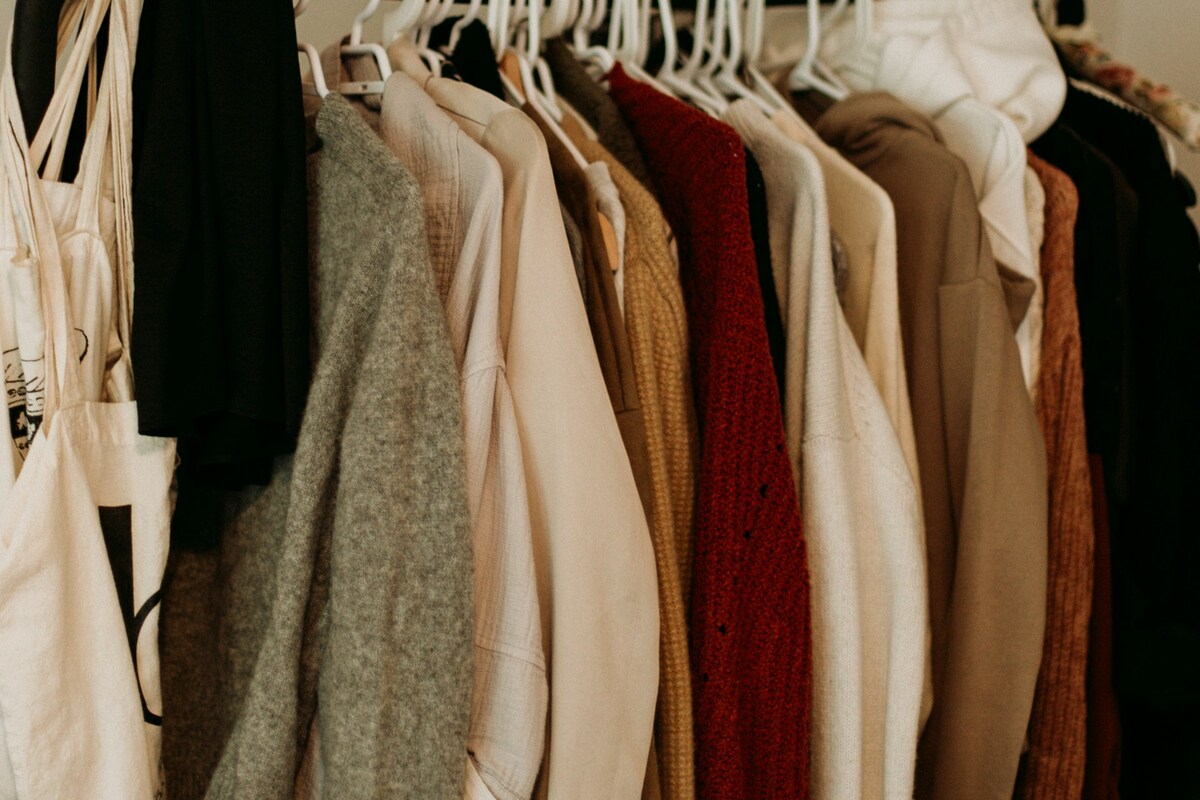
When discussing fabric seasonality, the issue is not only about balance but also comfort. In winter, layering and using heavy fabrics such as wool, cashmere, tweed, and corduroy is especially important. These materials not only keep you warm but also add elegance and structure to an outfit. However, combining these fabrics requires caution. For example, tweed and velvet can create a visual discord since tweed has a rough texture while velvet is soft and plush. Instead of complementing each other, these fabrics will compete, overwhelming the outfit. The same goes for combining tweed and corduroy — both fabrics are heavy and textured, which can make the look too bulky and heavy.
Some fabrics, like linen, are not the best choice for winter. Linen, like other lightweight and breathable materials, lacks adequate insulation and doesn’t protect from the cold. It allows wind to pass through and has minimal heat-retaining properties, making it unsuitable for cold winter conditions. Fabrics like linen, cotton, or silk are perfect for warmer months, but using them in winter outfits can lead to discomfort, especially if they make up a significant part of the outfit. Of course, no one forbids wearing these fabrics in cold weather — in fact, it’s sometimes appropriate if the lightweight fabric is an accessory. For example, a good addition to a heavy wool coat would be a woolen headscarf. However, in this case, choose a denser silk and a larger scarf that can be wrapped around your neck.
The Role of Color in Fabric Combination
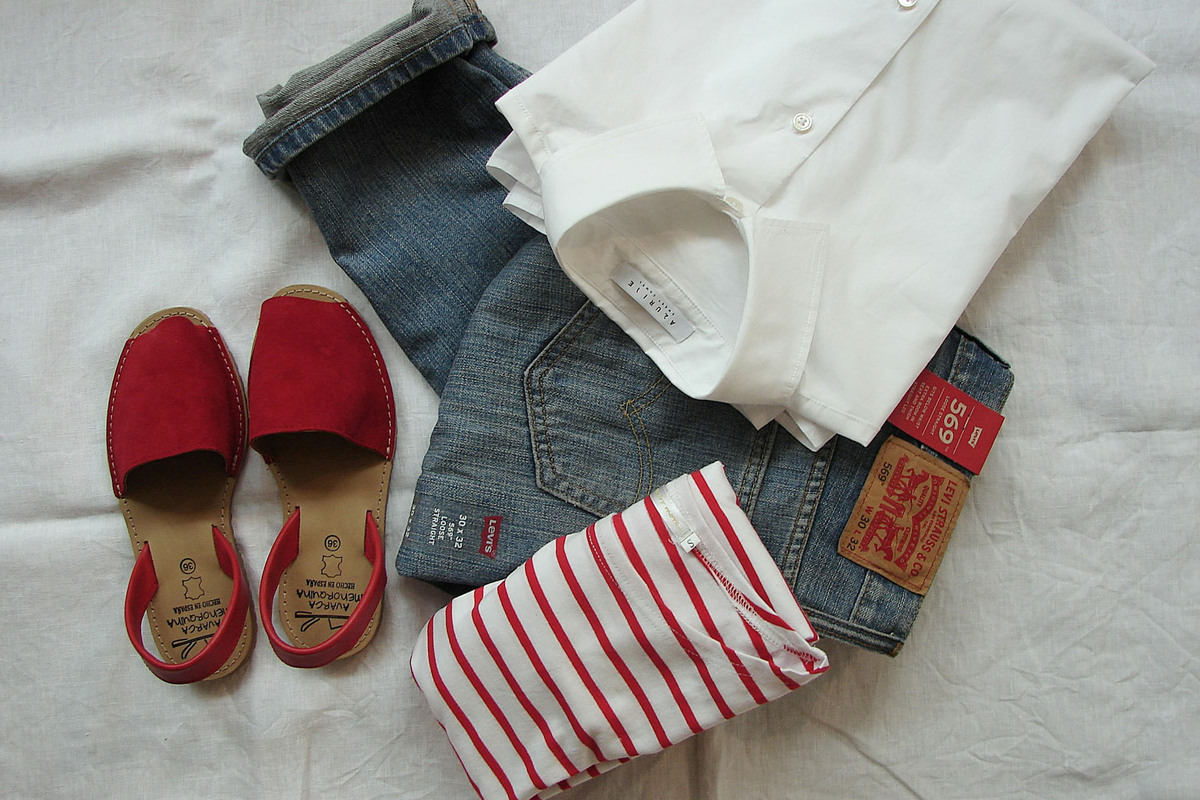
Color indeed plays one of the key roles when combining fabrics, and this gives you two options: monochrome or polychrome. There are two opinions about this: for some, monochrome outfits are boring, while for others, using too many different colors is a sign of bad taste. Fortunately, both options have their own set of rules, so let's start with the simpler one — monochrome. First, don't be afraid to pick different shades of one color. Second, play with textures. Third, don’t forget the rules mentioned above.
When deciding to wear a multicolored outfit, remember the rule of three colors, according to which there should be no more than three primary colors in one outfit. This helps avoid overloading the look and keeps the balance, making the outfit visually pleasant. However, it’s important to note that shades of the same color, such as light blue and dark blue, count as one color, allowing you to use more shades while keeping harmony.
Another rule is the rule of analogous colors, which is based on combining colors that are adjacent to each other on the color wheel. For example, pairing blue with green or orange with yellow creates harmonious and calm outfits. If you want to create a brighter and more dynamic look, use the rule of complementary combinations, which involves pairing colors that are opposite each other on the color wheel, such as blue and orange, or red and green.
Does it seem like there’s no rule for color combinations? Almost, but not entirely. You can choose any colors, like yellow and purple, but you should remember that some combinations might evoke unwanted associations. For example, yellow and purple may be bold and attractive, but they can also be associated with something specific, like the "Los Angeles Lakers" logo. Similarly, yellow, red, and white can remind you of Ronald McDonald, which isn’t necessarily bad, but could be considered inappropriate in some situations.
Finally, the least obvious rule — cold and warm shades of colors that are close to each other on the color wheel rarely look good together. For example, cold white and warm beige will strongly contradict each other.
There are many rules, and they can be overwhelming, but remember a simple truth: using neutral colors (black, white, gray, beige) always gives you more freedom in combinations. These colors can serve as a great background for bright accents and allow you to combine different textures and materials without the fear of overloading the outfit, or they can be the main colors in your ensemble.
Combining Fabrics by Density and Weight
In my opinion, the most difficult task is differentiating between acceptable fabric combinations with different densities and weights. Let’s examine this point with a specific example: tweed and mesh.
Tweed is a dense and textured fabric that is perfect for the colder months. Mesh, on the other hand, is a lightweight and transparent material that is often used to create romantic and/or sexy looks. When these two materials are combined, a mismatch may occur: tweed, with its dense texture, may overwhelm the outfit, while mesh will lose its lightness in the face of such a heavy fabric.
Another example could be the combination of velvet and cotton. Velvet is a dense fabric with a characteristic shine, used for creating elegant and evening looks. Cotton, on the other hand, is a lightweight, natural material often associated with everyday wear and summer outfits. If these fabrics are combined — for example, a velvet dress and a cotton jacket — it may result in a mismatch of proportions: velvet may look out of place next to the simpler cotton fabric.



